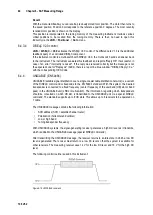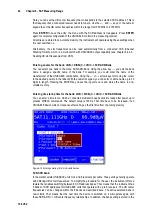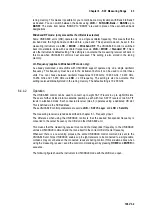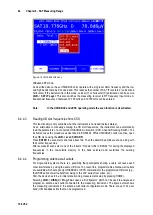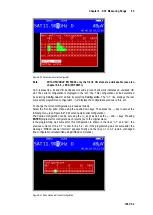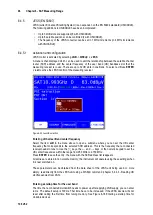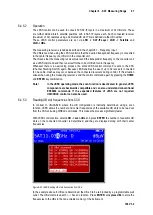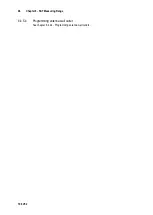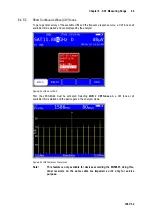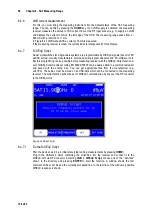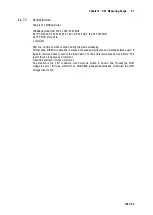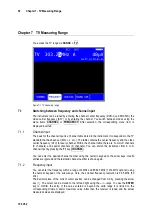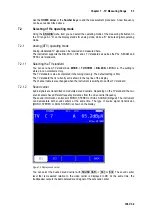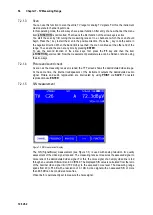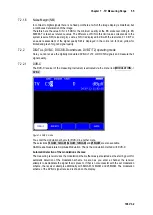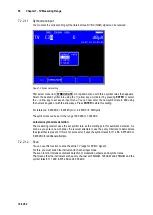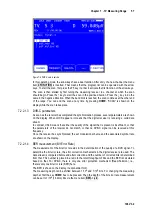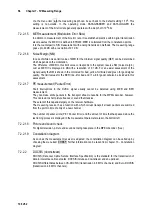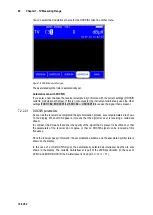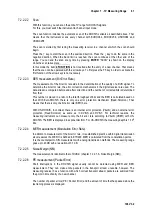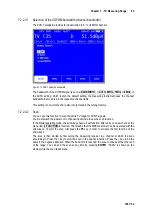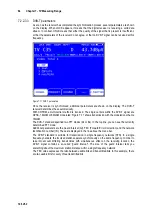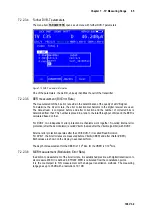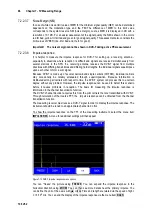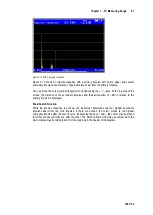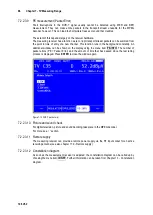
54
Chapter 7 - TV Measuring Range
106 V3.2
7.2.1.3
Scan
You can use this function to scan the entire TV range for analog TV signals. For this, the instrument
must operate in channel input mode.
In this operating mode, the arrow keys have a dual function. After entry of a new channel, the menu
item
2.FUNCTION
is not inverted. That means the first function of the arrow keys is active
You start the scan by first tuning the measuring receiver to a channel at which the scan should
begin. Press the
↑
key to start the scan in the positive direction. Press the
↓
key to do the same in
the negative direction. When the band limit is reached, the scan continues at the other end of the
range. You can end the scan at any time by pressing
ENTER
.
To use the second function of the arrow keys, first press the
F5
key and then the item
2.FUNCTION
gets inverted. Now the measurement parameter area can be hidden or shown using
the arrow keys.
7.2.1.4
Picture and sound check
As soon as the measuring receiver is tuned, the TFT screen shows the demodulated video image.
At the same time, the internal loudspeakers of the instrument outputs the demodulated audio
signal. Picture and audio reproduction are interrupted by using
ore
SAVE.
To restart
reproduction use
ENTER
.
7.2.1.5
S/N measurement
Figure 7-3 S/N measurement display
The S/N (Signal/Noise) measurement (see Figure 7-3) is used with analog television for quality
assessment of the video signal received. The measuring receiver measures the assessed signal to
noise ratio of the demodulated video signal. For this, the noise signal of an empty video line is fed
through an evaluation filter written in CCIR569. The displayed S/N value is calculated from the ratio
of the nominal video signal limit (700 mVpp) to the assessed noise level. The measuring range
spans from 40 to 55 dB with a resolution of 0.1 dB. A video signal with an assessed S/N of more
than 46.5 dB can be considered noise-free.
Video line 6 is permanently set to measure the noise signal.

